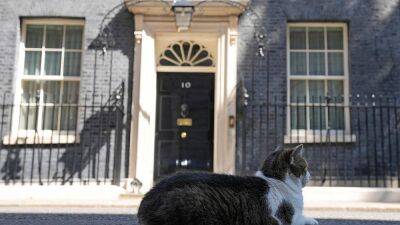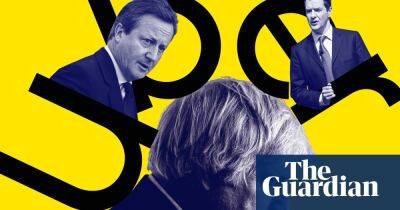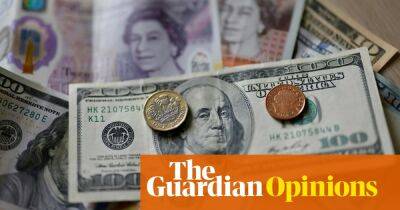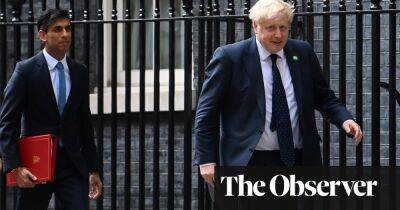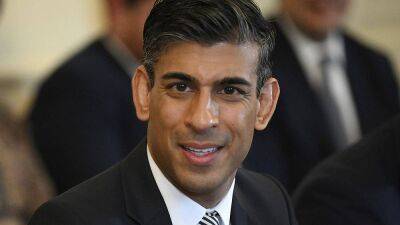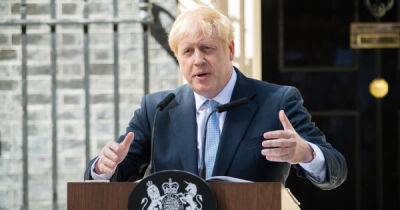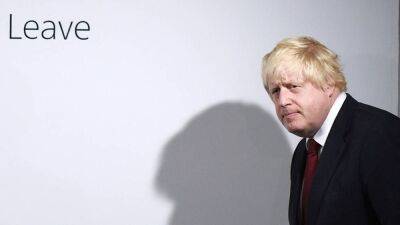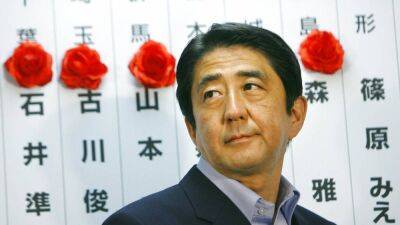The sterling rally could be brief, just like Boris Johnson’s premiership
The relief rally in sterling on the resignation of an incompetent prime minister wasn’t much to shout about. The pound rose very modestly in the morning and gave back some of the gain in the afternoon. At $1.20-ish against the dollar, the currency still sits at roughly its lowest level since the 2016 referendum, barring a few wild trading days at the start of the pandemic. In an ugly contest with the euro, which is spooked by the threat of rising bond yields among its weaker members, the two currencies are at level pegging.
Markets look at the wider picture: post-Brexit and post-pandemic economic policymaking in the UK is still a vacuum. The economy almost certainly contracted in the second quarter of this year, even before consumers are hit with the next clunking hike in their energy bills in October, an event that will tip inflation over 10% in all likelihood and emphasise how the UK’s price squeeze is a notch or two more severe than that of other major economies.
On that little list, only the policymaking paralysis is possibly improved by Boris Johnson’s overdue exit. Even there, though, a subplot to this week’s events exposed the depth of the rift in Tory ranks over strategy, as evidenced by ex-chancellor Rishi Sunak’s reference in his resignation letter to his and Johnson’s “fundamentally different” approaches to economic management.
That split – Sunak’s emphasis on fiscal discipline and “difficult decisions” versus the instinctive urge for quick tax cuts – will now be played out via the circus of a leadership contest. Nadhim Zahawi has nailed his colours to the tax-cutting mast, as described here yesterday, but half the likely runners are a mystery. Does anybody have any idea about the fiscal tendencies of, say, the
Read more on theguardian.com

